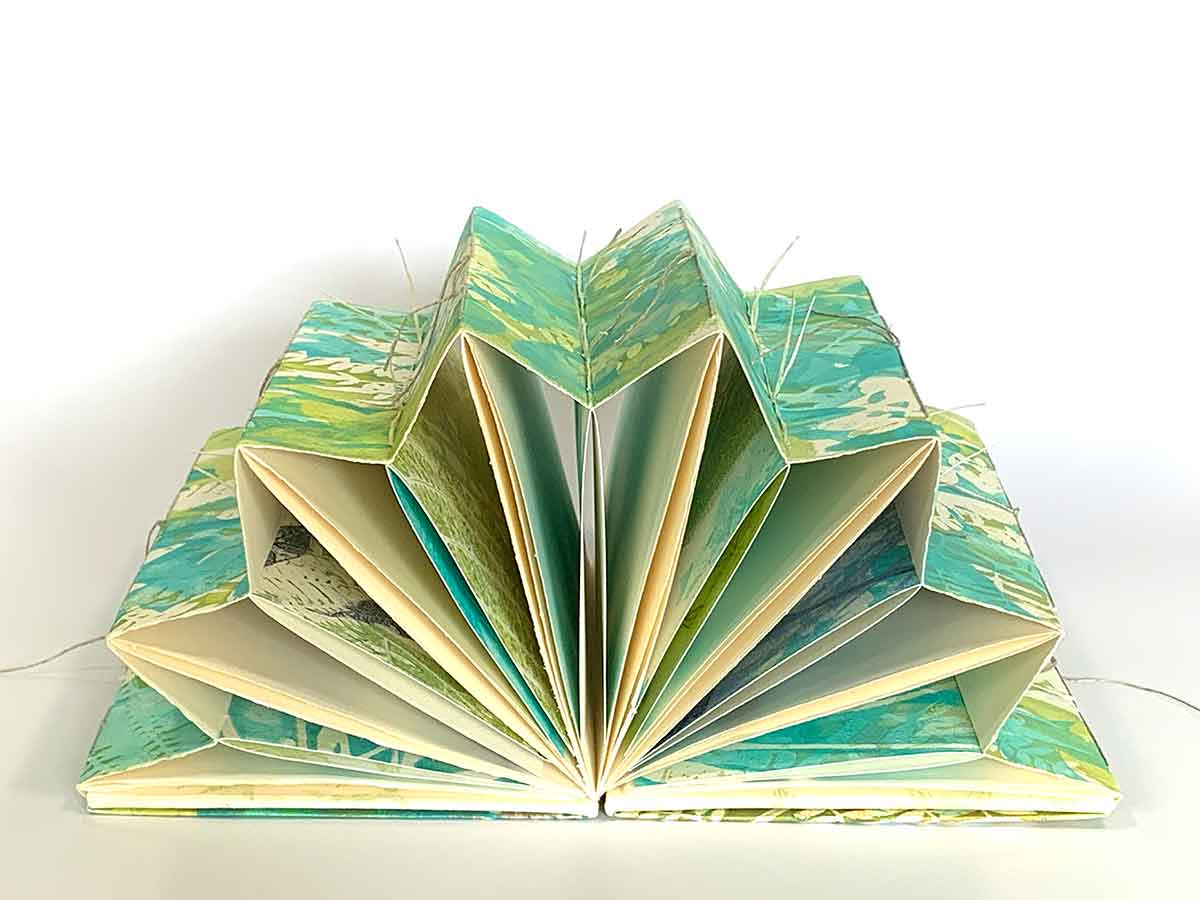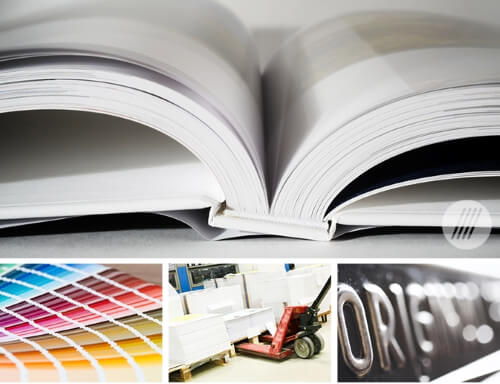Proven Layout Tips That Make Your art book Visually Engaging
Proven Layout Tips That Make Your art book Visually Engaging
Blog Article
Comprehending the Process Behind Top Notch Art Book Printing for Art Lovers
When it pertains to premium art book printing, comprehending the complexities of the procedure can raise your admiration for the final product. You might not understand just how important paper selection and ink choices are to the vibrancy of artwork. Each component plays a significant duty in accomplishing the wanted impact. As you discover the different parts of art book printing, you'll uncover understandings that could transform your perspective on art conservation and discussion.
The Value of Paper Selection in Art Book Printing
When it comes to art book printing, the choice of paper can make or damage the final item. You desire your art work to shine, and the best paper enhances color vibrancy and information. Take into consideration variables like weight, structure, and surface; these elements considerably impact just how readers perceive your work.
For example, a heavier supply shares high quality and longevity, while a textured surface can add deepness to images. Smooth paper is exceptional for in-depth reproductions, allowing great lines and subtle tones to appear crisp.
Don't forget the paper's brightness; a brighter sheet can aid shades pop, making your art extra appealing. You'll also intend to consider just how the paper connects with inks and whether it can manage the printing process without buckling or bleed-through. Ultimately, picking the appropriate paper establishes the stage for your art, guaranteeing it captures the target market's interest just as you pictured.
Choosing the Right Inks for Lively Reproductions
Selecting the best inks is equally as vital as selecting high quality paper to attain vivid reproductions in your art book. When you're printing artwork, you desire shades that pop and properly represent the initial item. Decide for inks with a high pigment concentration; these often tend to produce richer and more saturated colors.
You may take into consideration using historical inks, which stand up to fading over time, ensuring your art book stays as striking as the day it was published. If you're functioning with photos or digitally created art, pigment-based inks can provide a wider shade gamut, improving detail and depth.
Don't ignore the finish! Matte and shiny inks can considerably change the appearance of your art work, so believe regarding the look you're aiming to attain - art book. Inevitably, the right ink choice matches your paper option, developing a spectacular aesthetic experience for your viewers
The Role of Shade Monitoring in Print Quality
Color management plays an important role in achieving high print top quality for your art book. It ensures that the colors you see on your screen convert accurately to the printed page. Without reliable color administration, your vibrant art work may appear dull or altered, weakening your imaginative vision.
To begin, calibrate your monitor frequently. This step aids keep consistent color representation. Next off, use color accounts tailored for your printer and paper type. These accounts direct the printer in recreating shades precisely, lowering discrepancies between electronic and published versions.
When you prepare your data, think about using a color room like Adobe RGB or CMYK, relying on your printer's specs. Constantly evidence your job, as well; an examination print can disclose any kind of potential color concerns before the final run. By focusing on shade management, you protect the integrity of your art, ensuring your target market experiences it as you planned.

Comprehending Different Binding Strategies
Achieving the excellent search for your art book exceeds shade administration; binding methods website likewise play a significant function in its overall discussion and toughness. You have several choices to assess, each with its very own special attributes.
If you're intending for a professional feel, situation binding uses a durable option with a tough cover, excellent for showcasing your artwork. On the other hand, best binding offers an adaptable spinal column while keeping prices down, making it a prominent choice for softcover publications.
Spiral binding allows your art book to lay flat, which is excellent for displaying images without obstruction. On the other hand, saddle sewing is perfect for smaller pamphlets, giving a clean finish without the mass.
Inevitably, the binding strategy you pick need to reflect your artistic vision and how you desire viewers to involve with your work. Ensure to evaluate these alternatives meticulously to achieve the best end result for your job.
The Effect of Print Dimension and Format on Discussion
While the selection of print dimension and layout might seem secondary to content, they considerably affect just how your art work is perceived. The dimensions of your prints can either improve or lessen the influence of your pieces. Larger prints can attract visitors in, allowing them to appreciate elaborate information, while smaller formats might need more intimate involvement.

Preservation Strategies for Durable Art Books
To assure your art books stand the test of time, it's vital to carry out reliable conservation methods. Start by saving them in a great, completely dry environment, far from direct sunshine and humidity. This protects against fading and bending, maintaining your pages intact. Usage acid-free storage boxes or protective sleeves to protect them from dirt read more and physical damage.
When handling your books, always wash your hands or wear cotton handwear covers to avoid oils and dirt moving onto the web pages. Avoid flexing or wrinkling the backs; rather, utilize book supports when presenting them.
For added security, take into consideration buying archival-quality products for any type of repair work or enhancements. Frequently inspect your collection for signs of wear or damage, attending to problems immediately. By adhering to these straightforward strategies, you can guarantee your art books remain vibrant and available for several years to find, maintaining their beauty and worth for future generations.
Working together With Printers for Optimum Results
When you're all set to print your art book, picking the best printer is vital to attaining your vision. Clear communication concerning your expectations and requirements will certainly help assure that both you and the printer are on the same page. Allow's discover how to make this partnership as smooth and efficient as feasible.
Selecting the Right Printer

Reliable Interaction Techniques
Reliable interaction is crucial for transforming your art book vision right into truth, specifically when teaming up with printers. art book. Start by plainly detailing your job's objectives, consisting of design aspects, recommended materials, and any certain printing strategies. Do not hesitate to share your motivations and referrals; this assists the printer recognize your aesthetic
Be open to feedback, as printers often have useful insights that can boost your project. This partnership will certainly assure that your art book meets your assumptions and beams in its final kind.
Frequently Asked Concerns
What Are Typical Mistakes to Avoid in Art Book Printing?
When publishing your art book, stay clear of common errors like inadequate resolution images, inaccurate shade profiles, and ignoring web page layout. Don't fail to remember to check and double-check details to confirm your end product satisfies your assumptions.
Just How Does Digital Printing Differ From Typical Printing Approaches?
Digital printing uses digital documents to create prints directly, allowing for quicker turnaround and personalization. In comparison, typical approaches involve physical plates, which can be time-consuming and much less adaptable for tiny runs or unique layouts.
What Is the Typical Turn-around Time for Art Book Printing?
The regular turn-around time for art book printing differs, however you can anticipate it to take anywhere from a couple of weeks to a number of months. Aspects like complexity, amount, and printing approach all affect this timeline.
Can I Print a Limited Version Art Book Financially?
You can print a minimal edition art book financially by choosing economical materials, optimizing print runs, and using electronic printing options. Mindful planning and budgeting will certainly help you attain top quality without click here spending beyond your means.
What Are the Environmental Factors To Consider in Art Book Printing?
When taking into consideration art book printing, you ought to consider eco-friendly products, lasting inks, and energy-efficient processes (art book). Selecting local printers can likewise lower your carbon impact, making your task both lovely and environmentally liable
Report this page